According to this legend, mechanics from Germany’s Mercedes-Benz racing team had to take an unusual step one night to comply with the technical regulations of the time. To spare 1 kilogramme of weight, they stripped the paintwork from the cars. In the morning, when the fans and press saw the gleaming steel car bodies, the German cars earned the nickname of ‘silver arrows’. This nickname is still used in motorsport to refer to Mercedes-Benz vehicles.
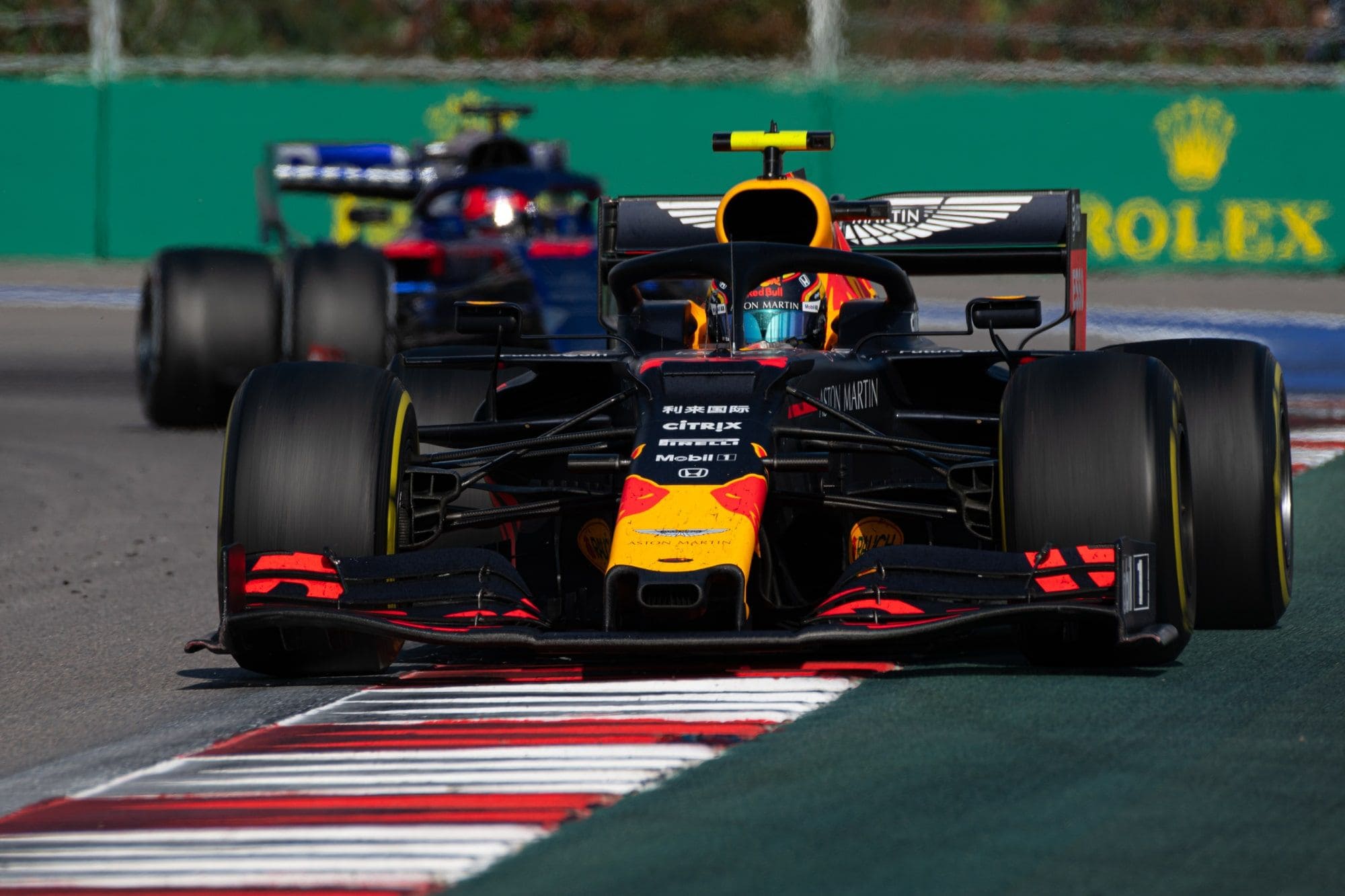
What steel hides under the paint?
Even then, the exterior body elements of race cars performed more of an aerodynamic than decorative function. That is why the German cars were manufactured from aluminium. Motorsport historians believe that the legend about the German team scraping off the paint is a myth created by someone at Mercedes-Benz in the late 1950s. After all, the term ‘silver arrows’ was used even before 1934.
Steel is also an integral element of motorsport. A few decades ago, flat or bar sections were used in the body, engine, wheels, suspension elements and other parts. However, technical progress and the battle to shed excess kilogrammes to beat the stopwatch have taken their toll. Motorsport has been subject to evolutionary and sometimes revolutionary changes.
For example, today’s race car bodies are manufactured from special hard and light plastics, while steel brake rotors have been replaced with ceramic ones. The steel and cast iron in many engine parts has been replaced with aluminium and other non-ferrous alloys. Even steel wheel rims have become a thing of the past. In the ‘queen of motorsport’, Formula 1, a wheel structure with steel rim was standard until the mid-1990s. However, it has been replaced with lighter and more robust non-ferrous alloy designs.
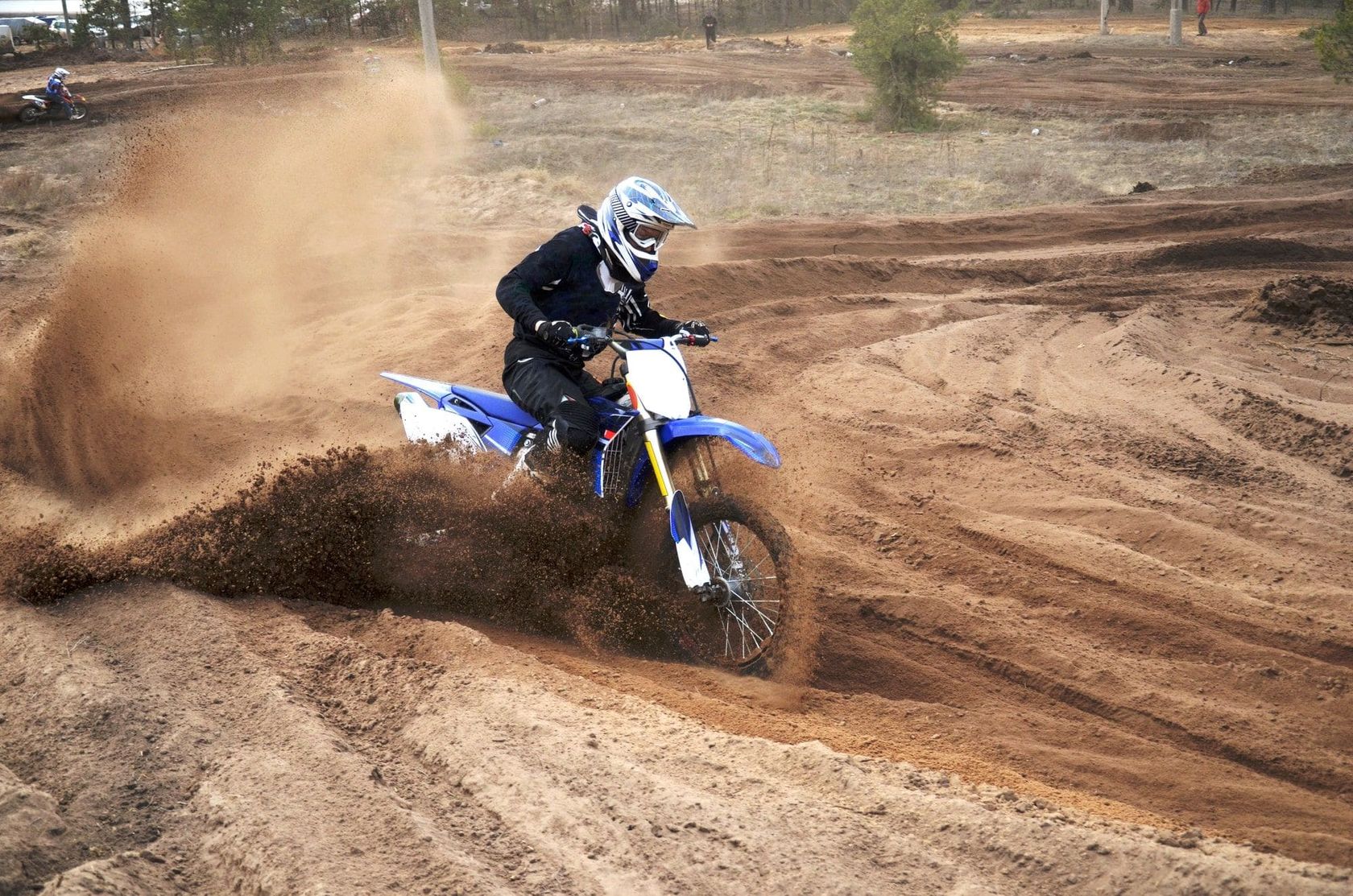
That said, steel still has a place in modern motorsport. It is a very important and responsible place, where myths and mystifications are not accepted. At high speeds, and especially in cross-country racing, vehicle collisions and rollovers happen rather often.
Steel is the only material used to make vehicle safety cages for closed-circuit, rally and cross-country races. In recent decades, the introduction of mandatory steel roll cages has led to fewer serious injuries in motorsport. Every weekend, they safeguard the participants in hundreds of professional competitions all over the world.
Rally is the most popular form of motorsport in Ukraine. Ukrainian teams regularly race in national and international competitions, including world championship stages. Mechanics have gained a wealth of experience in how to prepare racing vehicles. However, until the early 1990s, safety cages were optional in professional rally races.
Until 1993, the only rollover protection for the driver and navigator was a bent bar installed behind their seats. Then, the safety structure was expanded with side and front bars. Today, rally crews sit inside an actual cage fabricated from several pieces of cold-drawn (seamless) pipe. It takes 40-50 metres of these steel products to make the safety cage for each race car.
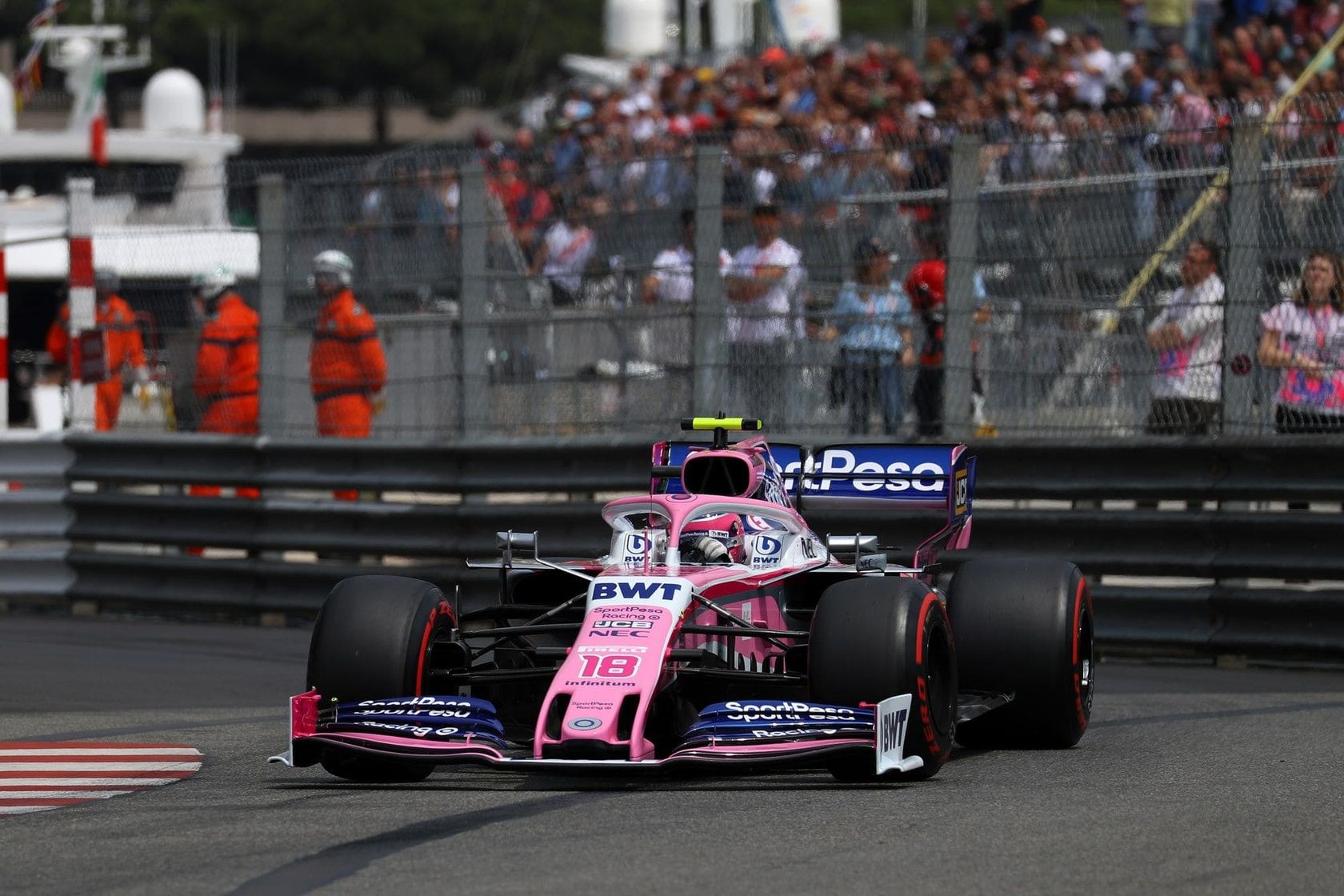
Safety cage requirements are governed by Appendix J to the Fédération Internationale de l’Automobile (FIA) International Sporting Code. The document defines a safety cage as a structure intended to reduce the deformation of the chassis in case of an impact. In practise, it is a tubular steel cage installed inside the cockpit that is either bolted or welded to the body. Installing a safety cage is actually the first step in modifying a road car for racing.
The FIA requires the use of a steel grade with adequate formability and weldability for safety cages. The cold-bending process is to be used to shape the pipes.
Pipes with varying wall thicknesses and diameters are used, depending on vehicle mass. For example, for race cars that weigh less than 1,200 kilogrammes, seamless welded pipes with a diameter of 38 millimetres and wall thickness of 2.8 millimetres are used, which corresponds with the GOST 8734 standard.
For the prestigious international competitions in which manufacturer teams race, FIA-approved homologated safety cages are supplied. They are made by companies that specialise in the manufacture of sporting accessories. Such products are tested and certified beforehand to ensure they meet the necessary tolerances.
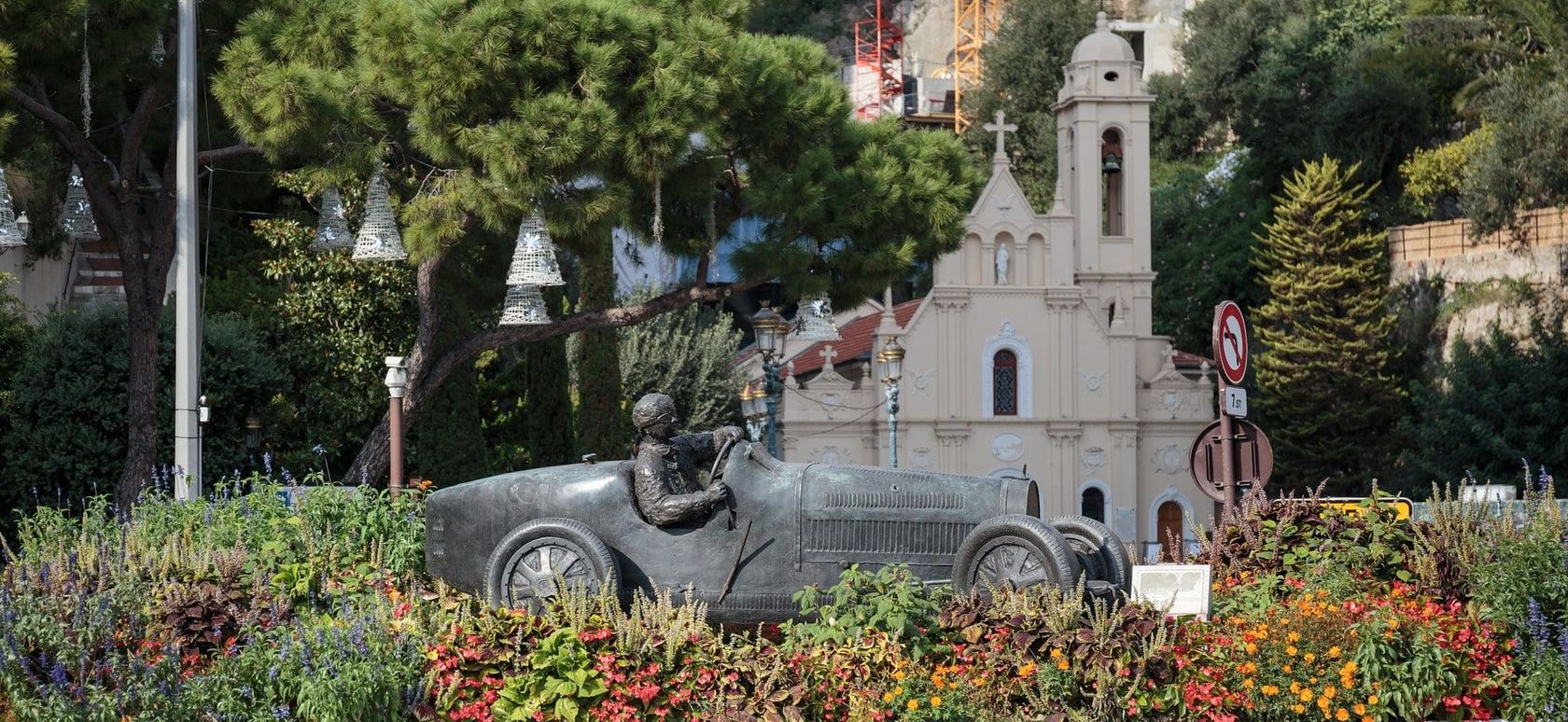
For local events, racers can prepare the safety cage themselves, provided that they comply with the requirements of Appendix J. For example, the pipes must not be brittle after welding and must be able to withstand certain loads. Experienced racers recommend using pipes manufactured from the 09G2S, 20HGSA and 30HGSA steel grades or their international equivalents.
In any case, a race car can be used in professional competitions only if its structure complies with all of the FIA requirements, or if the team has had it homologated (performed tests and obtained permission from a local motorsport federation for it to be used in races).
The FIA also works continuously to improve race car safety. For example, several years ago the federation investigated an accident involving the rollover of a rally car. In contrast to collisions, rollovers happen relatively rarely in motorsport, which makes their consequences rather difficult to predict.
Following that incident, the team had to replace the upper part of their safety cage. The FIA also obtained data on how to improve structural geometry and developed new recommendations concerning the use of steel grades. It also crash-tested four rally cars as part of the investigation. At the time, a consultant of the research group stated that a rally safety cage should be both rigid and elastic at the same time. Noting that such steels do not exist – they are either rigid or elastic – the specialist proposed combining different types of steel pipes.
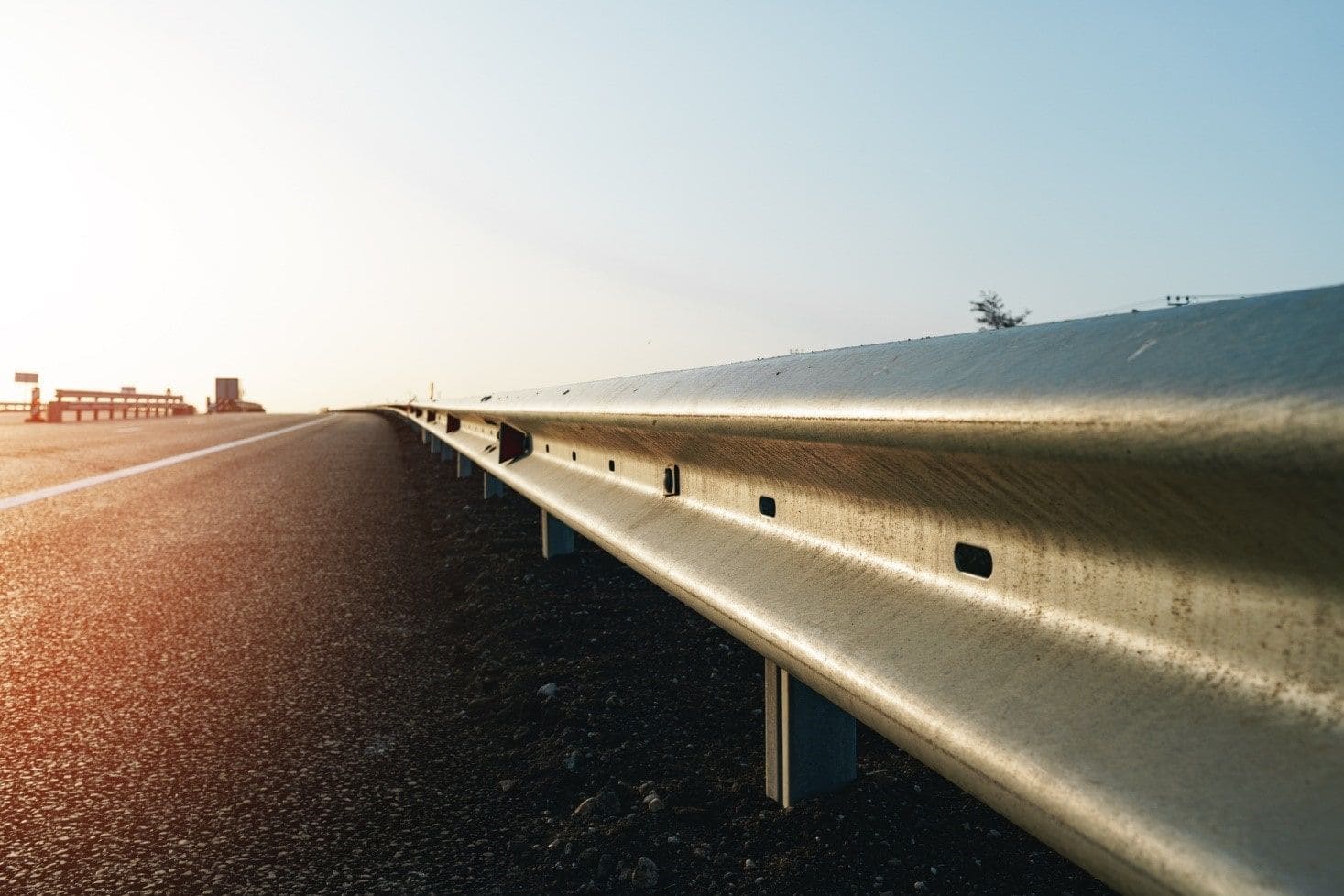
Notably, there is another safety-related area in modern motorsport where steel products are widely used. Steel roadside guard rails are most frequently seen during races held on city streets. The best-known example is the Monte Carlo Grand Prix in Formula 1. Once a year, the narrow streets of this Mediterranean principality turn into a mecca for lovers of motorsport and luxury. The hour and a half race along this legendary route requires maximum concentration from drivers. The least amount of carelessness, or even a slight touch of the steel roadside guard rail, can eliminate a driver from the race. That said, there is practically no risk of a race car flying outside the track and into the spectators or the sea. Although, in 1955 and 1965, there were two incidents when Formula 1 cars turned into submarines after flying into the harbour. The past 55 years have demonstrated that such incidents are in the past.
Safety is the most important element of modern races. There is no room for compromise or mystifications. After all, the lives and health of the racers, team members and spectators are on the line.
Steel and the products made from it continue to underpin motorsport safety. Designers have tried many times to replace steel pipes in the safety cages with parts made from aluminium or titanium alloys. Each time, the alternative products have proven to be more brittle and expensive. That is why the glint of real steel will be a synonym for safety in motorsport for a rather long time.
